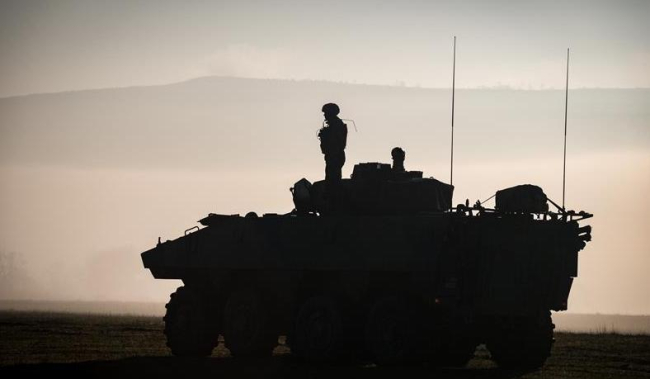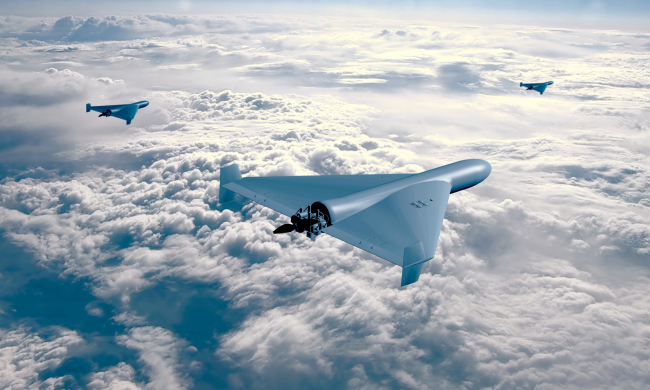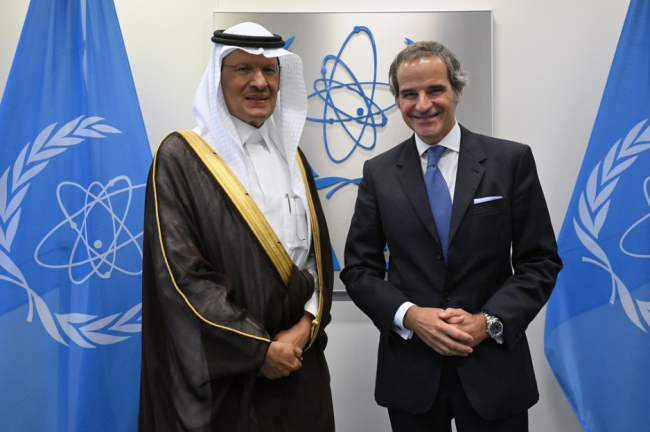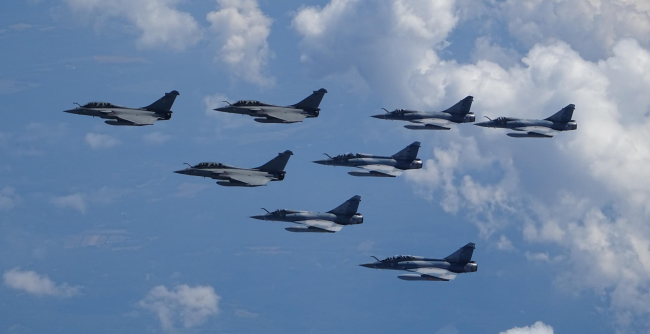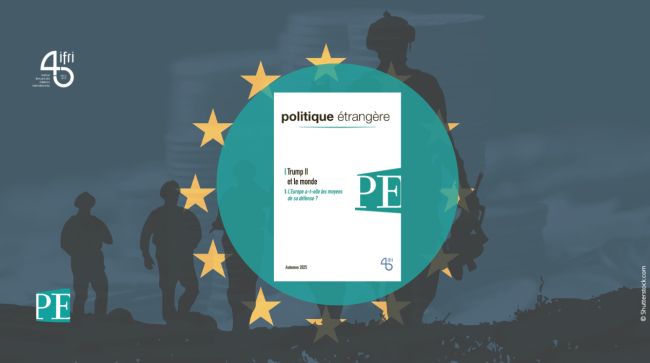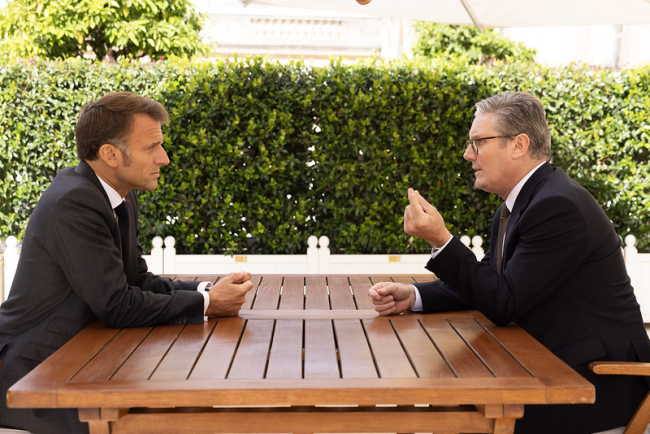L’Iran et ses “proxys” au Moyen-Orient. Les défis de la guerre par procuration

If Iran is a key player in the Middle East, it is in no small part because of its extensive network of armed militia, which it uses as proxies.
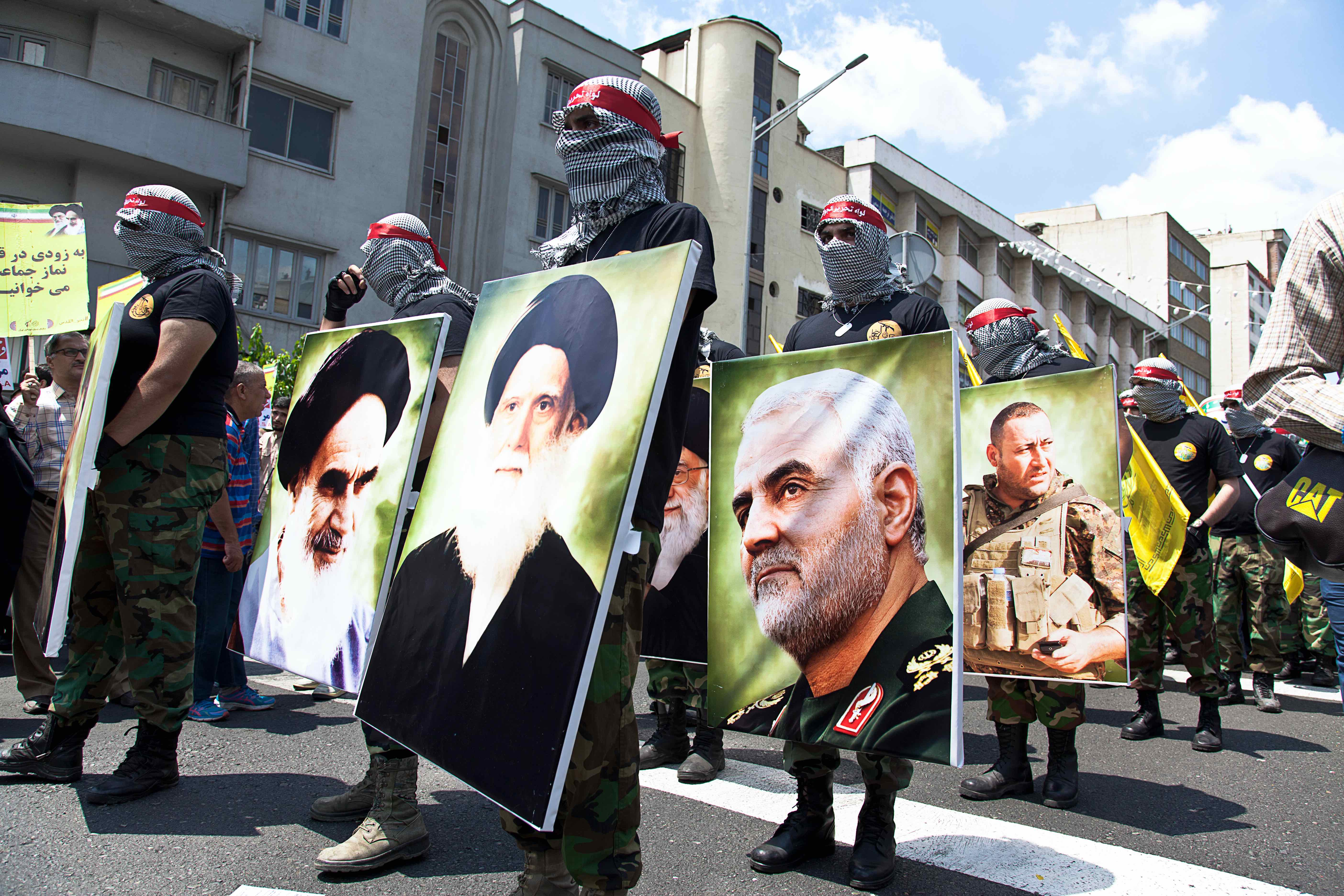
This strategy is based on a political, material and sometimes operational support to non-state actors, some of which may have been created by Iran, while others are occasional partners. Since its creation in the 1980’s, the main architect of this strategy is the Quds force, whose task is to coordinate and support those militia’s actions. Moreover, some particularly advanced groups, such as the Lebanese Hezbollah or the Iraqi Badr organization, took an active role in the structuration of the Iranian paramilitary network in the Middle East. After meeting undeniable success in against the Syrian insurgency, in Iraq against the Islamic State, and even in Yemen against the Saudi-led intervention, the “Axis of Resistance” is now facing major challenges: the confrontation with the United States of Donald Trump, but also the threat of a growing political and social unrest, challenging the militia system, in Iran, as well as in countries where these networks are dominant, such as Iraq and Lebanon.
This content is only available in French: L’Iran et ses “proxys” au Moyen-Orient. Les défis de la guerre par procuration.

Available in:
Regions and themes
Share
Related centers and programs
Discover our other research centers and programsFind out more
Discover all our analysesSaudi Arabia’s Nuclear Temptations. Lessons Learned from Regional Instability
Saudi Arabia’s integration in the international arena and regional stability, notably through reducing its dependence on fossil energies, are crucial elements for the success of the Kingdom’s Vision 2030, the Crown Prince’s top priority. However, Mohammed bin Salman’s declarations in 2018 and 2021, indicating that “if Iran develops a nuclear bomb, we will follow suit as soon as possible”, combined with the recent strikes on key Iranian nuclear facilities, do not bode well for the future of the Kingdom, the region and the non-proliferation regime at large.
The Future of Air Superiority. Command of the Air in High Intensity Warfare
Air superiority, understood as control of the air, is a cornerstone of the Western art of warfare. It is a decisive condition, albeit not sufficient by itself, to achieve military victory, as it enables the concentration of air power toward the achievement of wider strategic objectives and protects other components from unbearable attrition levels. It is best achieved through the offensive use of air power in a joint effort to neutralize the enemy’s air power.
Europe Uncovered?
As Russia continues to threaten Europe, the Trump administration is making no secret of its desire to withdraw—at least partially—from the defense of the Old
Continent in order to focus on strategic competition with China. It is thus putting pressure on its European allies to increase their investment in the military sector. The NATO Summit in The Hague in June 2025 resulted in ambitious commitments by member states to increase their defense spending.
How should Britain and France cooperate to realise the Northwood Declaration?
During his state visit to the United Kingdom (UK) last week, Emmanuel Macron, President of France, signed a joint declaration with Sir Keir Starmer, Prime Minister, on nuclear cooperation between Britain and France. The Northwood Declaration highlights that while both countries’ nuclear arsenals remain sovereign, cooperation on nuclear deterrence can ‘contribute significantly’ to the security of the North Atlantic Treaty Organisation (NATO) and the Euro-Atlantic region.







